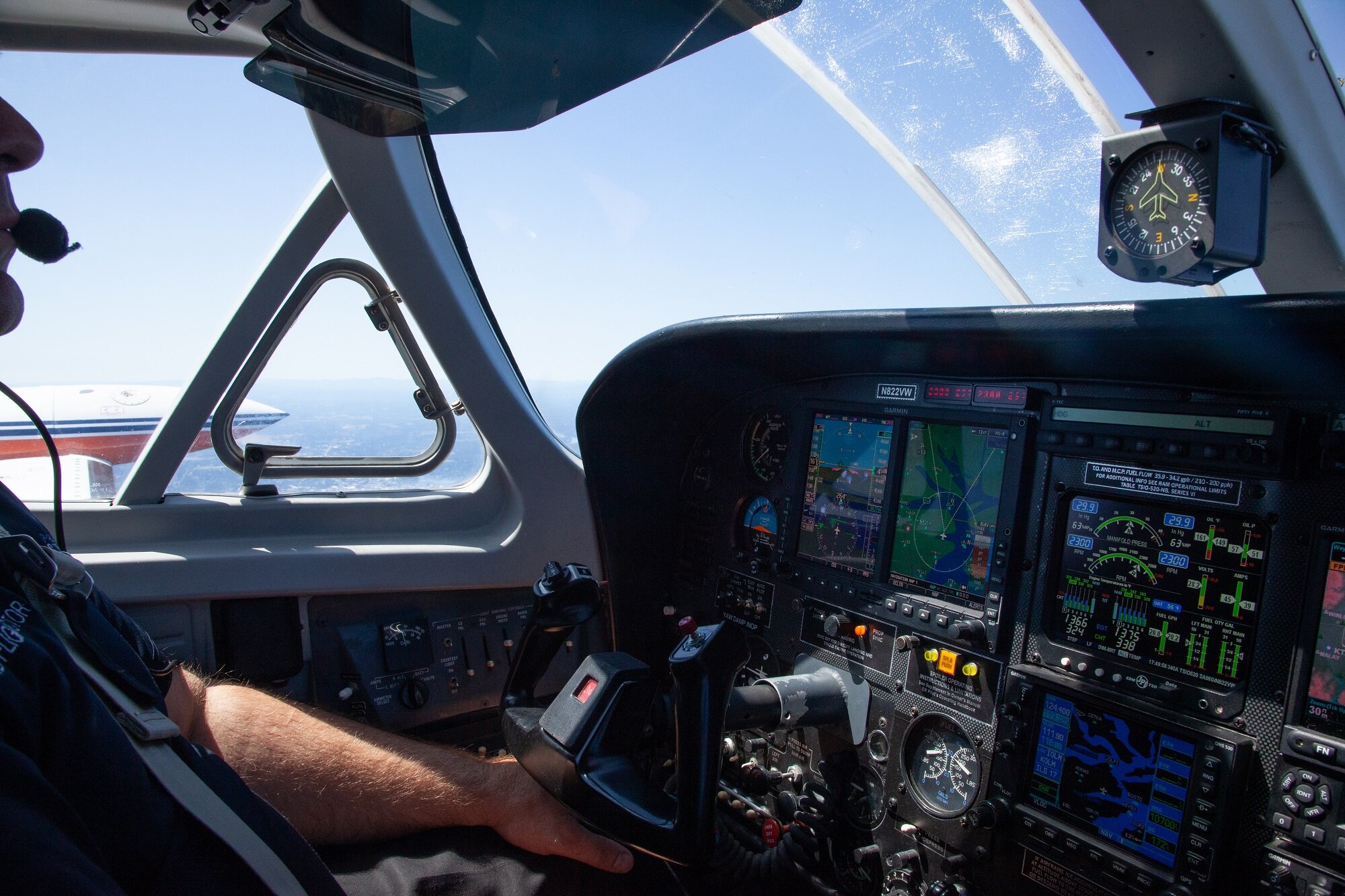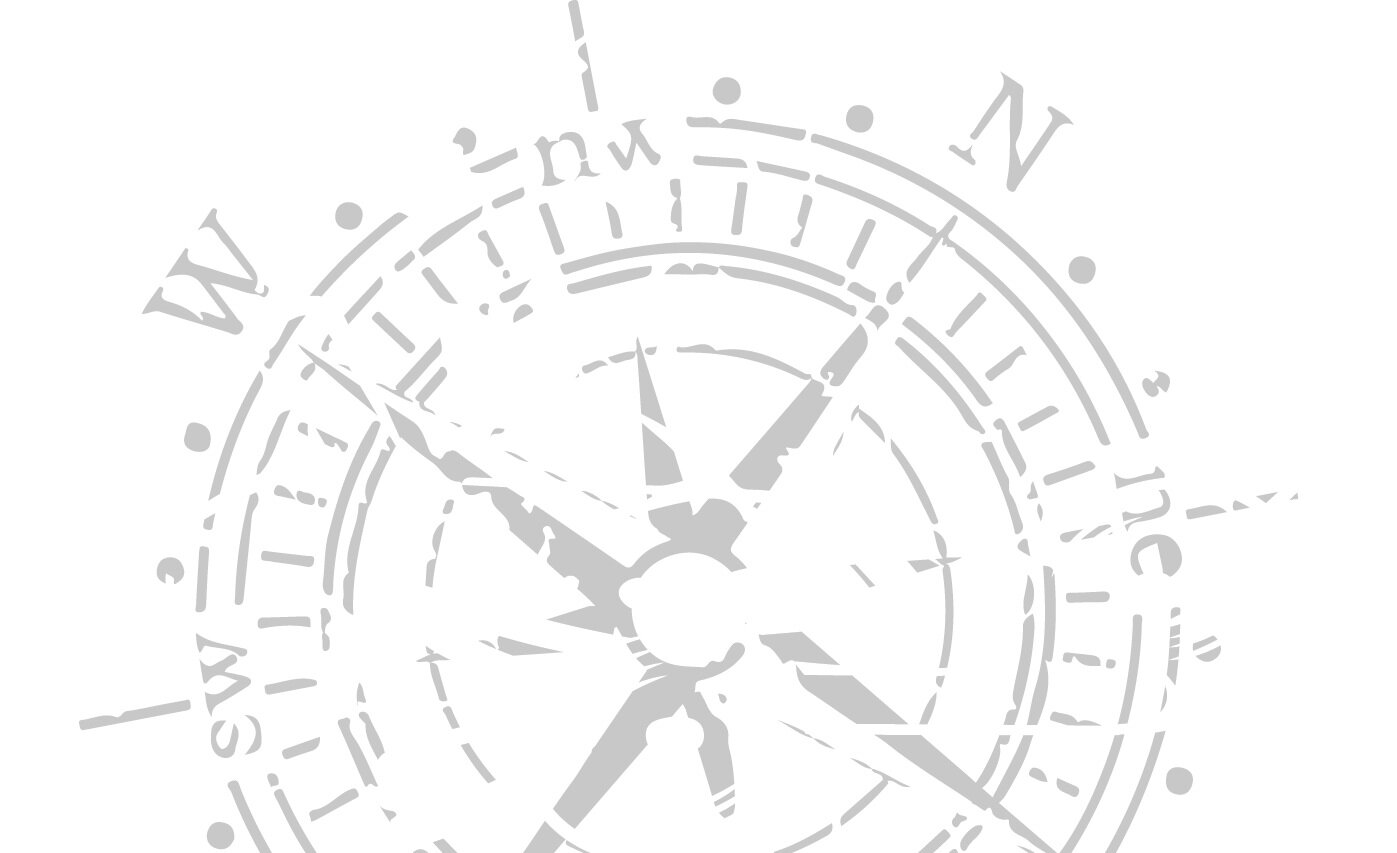
Stop Dreaming, Start Flying Today!
Sport Pilot

What is a Sport Pilot Certificate?
While the privileges that come with earning a Private Pilot Certificate—commonly referred to as a pilot’s license—offer a level of operational capabilities that can maximize your flying experience, the sport pilot certificate may be the perfect way to begin your training now, at costs significantly less than what you believe it would take to learn to fly. There will be some operational limitations when flying with a sport pilot certificate. You cannot fly at night or in some of the busier areas in the US without additional training and instructor endorsements, and you cannot fly higher than 10,000 feet or fly in the pursuit of business. You can, however, fly some of the most technologically advanced aircraft being sold today and bring one passenger along with you. The sport pilot certificate is an affordable first step into the sky that brings much of the joy of a private certificate—with less training time and costs.
-
• There is no minimum age to start receiving flight instruction. The only age limitations for the Sport Pilot certificate are that you be at least 16 years old to “solo” (fly by yourself, or 16 years old if you are applying to operate a glider or balloon).
• Additional requirements are that you be able to read, speak, write, and understand the English language.
• You must provide proof of U.S. Citizenship in the form of a valid U.S. Passport (not an enhanced driver’s license) or U.S. Birth Certificate.
• One main advantage is that Sport Pilots are not required to have an FAA Medical Certificate, only a Pilot Certificate and a valid Driver’s License.
-
A minimum of 20 hours of flight time including:
• 15 hours of flight training from an authorized instructor.
• 5 hours of solo flight.
Flight training must include at least:
• 2 hours of cross-country flight training.
• 10 takeoffs and landings to a full stop.
• One solo cross-country flight of at least 75 nautical miles, total distance with a full-stop landing at a minimum of two points, and one segment of the flight consisting of a straight-line distance of at least 25 nautical miles between takeoff and landing locations.
• 2 hours of flight training in preparation for the practical test.
• Ground training from an instructor or home-study course.
Additionally, you will need to pass the following:
• FAA knowledge test on applicable aeronautical knowledge areas.
• FAA practical test for the applicable light-sport aircraft privilege.
• Sport pilot certificates will be issued without category/class designation—logbook endorsement will be provided for category and class per FAR 61.317.
-
A sport pilot may:
• Share the operating expenses of a flight with a passenger, provided the expenses involve only fuel, oil, airport expenses, or aircraft rental fees. A sport pilot must pay at least half the operating expenses of the flight.
A sport may not act as pilot in command of a light-sport aircraft:
• That is carrying a passenger or property for compensation or hire.
• In furtherance of a business while carrying more than one passenger.
• At night.
• In Class A airspace.
• In Class B, C, or D airspace, at an airport located in Class B, C, or D airspace, and to, from, through, or at an airport having an operational control tower unless you have met the requirements specified in FAR 61.325.
• Outside the United States unless you have prior authorization from the country in which you seek to operate. A sport pilot certificate carries the limitation "Holder does not meet ICAO requirements."
• In a passenger-carrying airlift sponsored by a charitable organization.
• At an altitude of more than 10,000 feet MSL or 2,000 feet AGL.
• When the flight or surface visibility is less than 3 statute miles, without visual reference to the surface.
• If the aircraft has a maximum forward speed in level flight that exceeds 87 knots CAS unless it has met the requirements of FAR 61.327.
• If the aircraft has a maximum forward speed less than or equal to 87 knots CAS unless you have met the requirements of FAR 61.327(a) or have logged flight time as pilot in command of an airplane with a maximum forward speed less than or equal to 87 knots CAS before April 2, 2010.
• While towing any object.
• As a pilot flight crewmember on any aircraft for which more than one pilot is required by the type certificate of the aircraft or the regulations under which the flight is conducted.
-
Easy! Simply Contact Us to set up a consultation to determine your goals, answer questions, and discuss the next steps—we are with you every step of the way! OR,
Schedule an “Introductory Flight." We’ll take you up in the airplane and let you do the flying to see if you enjoy it (you will) and give you an opportunity to interview us and our school.
-
If you hold a sport pilot certificate and seek privileges to operate a light-sport aircraft in Class B, C, or D airspace, at an airport located in Class B, C, or D airspace, or to, from, through, or at an airport having an operational control tower, you must receive and log ground and flight training. The authorized instructor who provides this training must provide a logbook endorsement that certifies you are proficient in the following aeronautical knowledge areas and areas of operation:
(a) The use of radios, communications, navigation systems/facilities, and radar services.
(b) Operations at airports with an operating control tower to include three takeoffs and landings to a full stop, with each landing involving a flight in the traffic pattern, at an airport with an operating control tower.
(c) Applicable flight rules of part 91 of this chapter for operations in Class B, C, and D airspace and air traffic control clearances.

